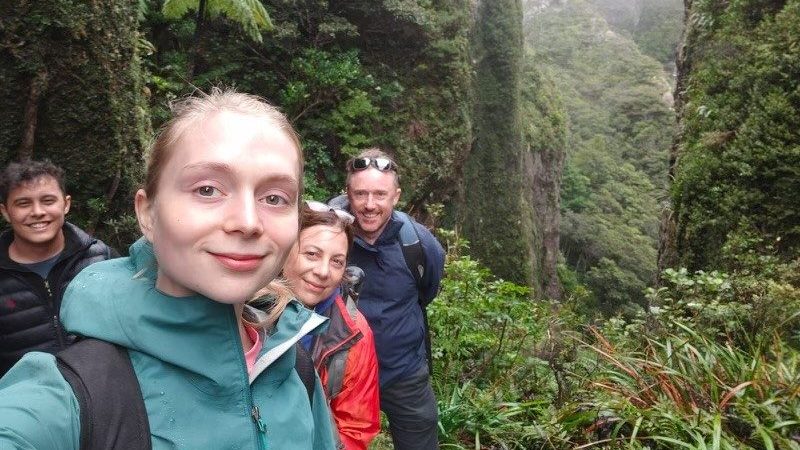
Project Details
Project Overview
The climate has been changing and we are not the only ones to notice. Our forests too adapt to wetter winters, dryer summers, and more climatic extremes. This adaptation happens as slight shifts south-wards or higher up in elevation as the climate gets milder there. However, some species do the exact opposite! Some expand their range, others contract and go extinct.
Why? We don’t know. Changing climate is only one part of the explanation, plant-animal interaction play a big role too. This makes the answer so much more complex.
This research aims to quantify these shifts nationwide and to explain why they happen to ultimately build an algorithm that could predict these shifts in the future. Our aim is to pinpoint species at risk and locations undergoing the biggest shifts. The results are relevant to conservationists and foresters alike.
Why This Matters
Knowing how the forest species composition changes (and even being able to predict it) would mean that we can identify species at risk of extinction or large-range contractions. This in turn allows us to dedicate conservation resources more efficiently.
Project Objectives
- Identify the species and functional groups that undergo the strongest changes.
- Identify the main drivers of change from climatic variables.
- Identify areas in Aotearoa New Zealand that will likely undergo the biggest changes in the next
decades.
Project Collaborators
| Victoria University of Wellington | National National Vegetation Survey Databank |





